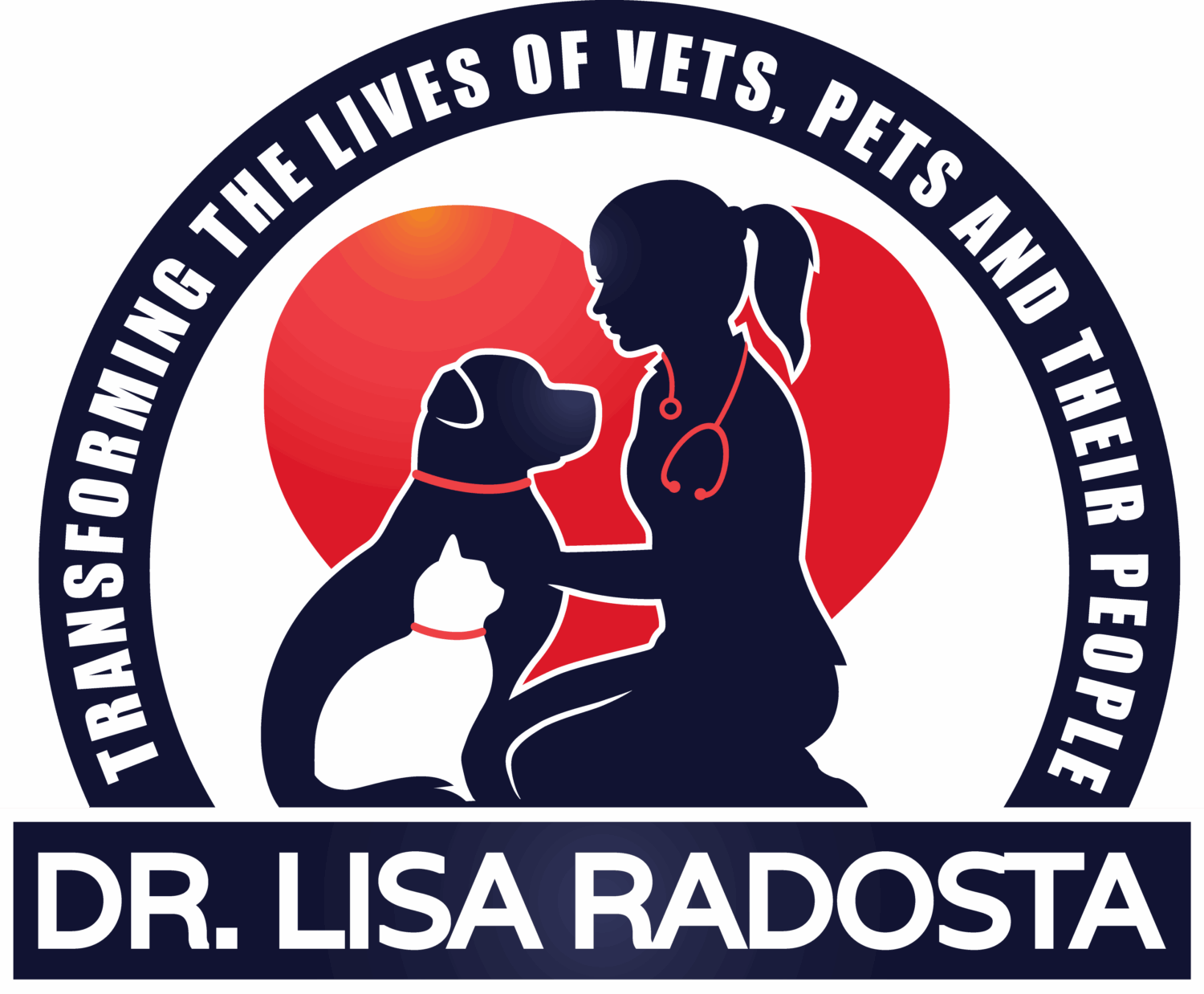Canine Body Language: The Inguinal Presentation
When trying to analyze an animal’s body language, each signal must be taken in context. Other body language signals should be analyzed as well to form as complete as possible view of the animal’s intent or emotional state. You can generally characterize signs in 3 categories: go, stop and yield.
When a dog rolls over onto his back it is called an inguinal presentation signal. Inguinal presentation is a sign of submission, deference or an attempt to stop the interaction. It is a STOP signal. A puppy may exhibit this signal to show that he is not a threat to another dog. When this happens, the older dog generally sniffs the puppy and walks away or just walks away. In general, it is best to assume that a dog who offers the inguinal presentation signal doesn’t want you to rub him, but instead wants you to leave him alone. Some dogs offer this position when they are playing, want to be touched and when they are sleeping. The explanations below should help you to know the difference. When in doubt, it is best to walk away.
